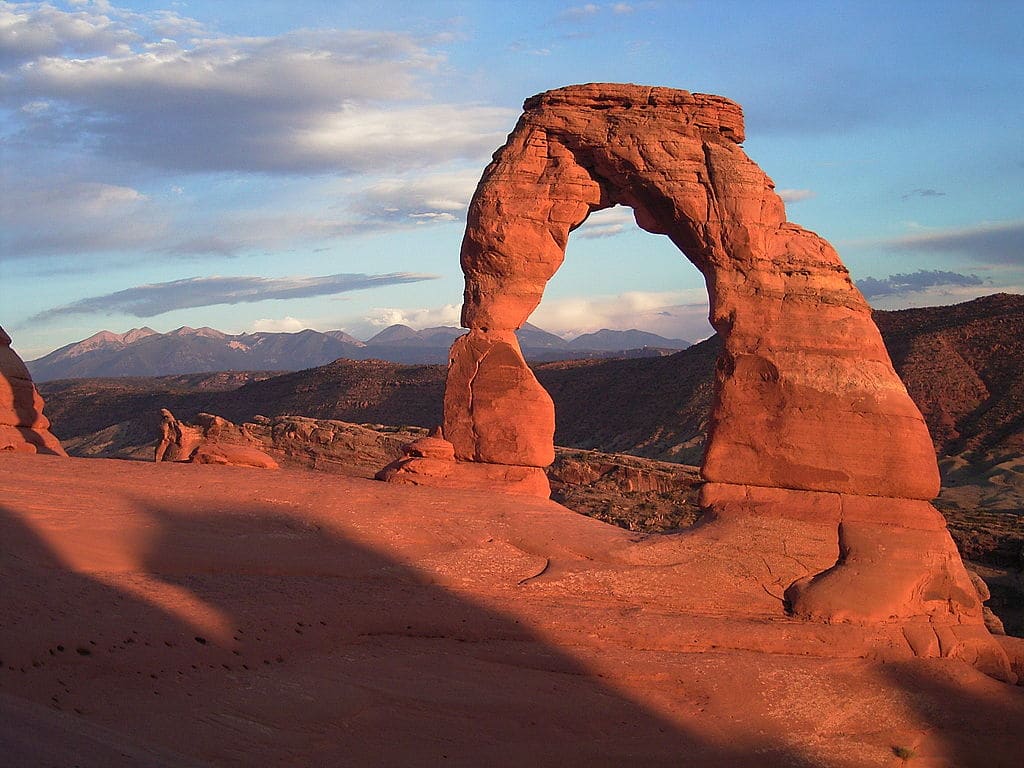This past week one of the world’s most awe inspiring natural wonders, the Aurora Borealis, made a rare appearance in parts of the northern U.S. The northern lights are just one example of the many magical sights on our planet that you have to see to believe. Everywhere around the world there are all kinds of naturally occurring oddities that are worth mentioning. Here is our list of ten natural phenomena worth discovering:
Arches National Park, Utah
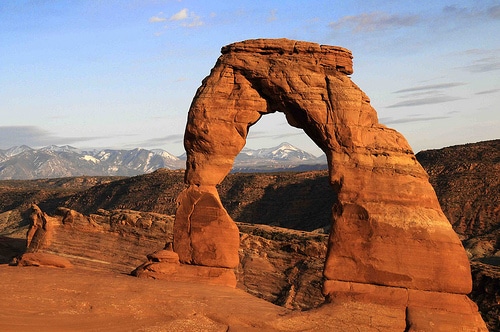
Located in eastern Utah, the large sandstone arches that cover this park are a well-known image of western U.S. Throughout the park there are over 2,000 arches of varying sizes that are the last standing reminder of complex geological transformations that took place in the area over the course of millions of years. The park is a great place to go for a hike as well as to experience the rich Native American past of the region. Try to observe the park at dusk when the red of the setting sun mixes with the red of the sandstones causing the whole park to illuminate with a flame-like red glow.
http://www.nps.gov/arch/index.htm
Grotta Azzurra
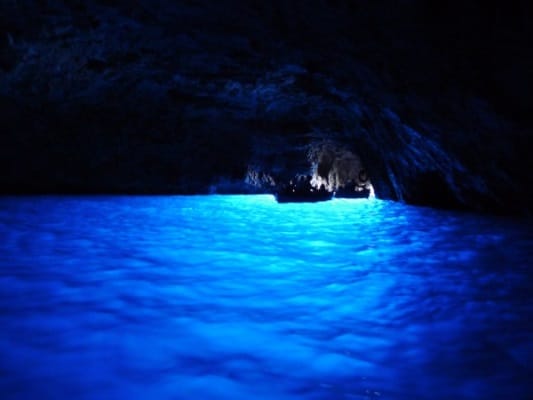
Grotta Azzurra, also known as the Blue Grotto, is a sea cave in Capri, Italy. But what separates this sea cave from the others is that light enters the cave from an underwater opening below the entrance, resulting in a brilliant blue light that fills the whole cave. Further adding to this spectacle, when an object is fully immersed in the water it will take on a dazzling silver color and appear to glow. You have to lie down in the rowboat to enter the grotto, but it’s said that the experience makes it totally worth it. Upon visiting Grotta Azzurra, it becomes understandable why it was a favorite location of the Roman Emperor Tiberius and believed to be the home of mythical beings.
http://www.capri.com/en/s/la-grotta-azzurra
Seven Sisters Waterfall
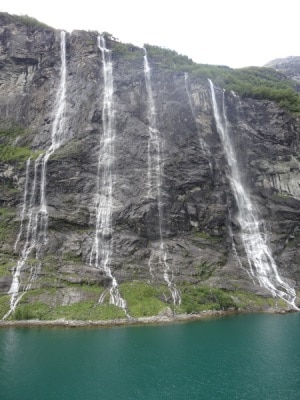
The Geirangerfjord is one of Norway’s mightiest fjords located close to the villages of Geiranger and Hellesylt in Norway and the home of the stunning Seven Sisters Waterfall. The waterfall consists of seven different streams (the eponymous sisters) that fall placidly from heights as high as 800 feet. The falls are strongest between May and July when the weather warms and winter snow begins to rapidly melt. In keeping with the legend, this may be because it’s at this time that the “Seven Sisters” come out to meet “the Suitor,” a single waterfall opposite them across the fjord, in the hopes of getting married. After viewing these falls, you’ll understand why Norway isn’t only associated with the rough and rugged Vikings, but with grace and romance.
http://www.visitnorway.com/us/Product/?pid=188628
Pamukkale
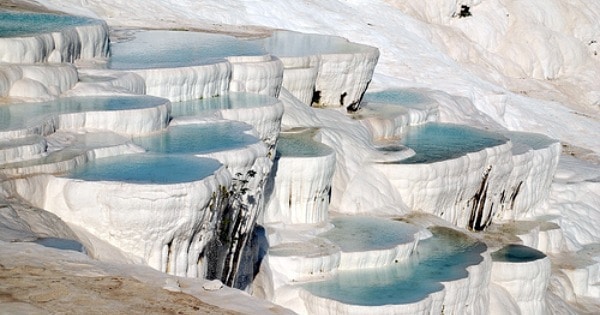
Pamukkale in the Denizli Province of Southwestern Turkey has been attracting tourists to its natural hot mineral baths for thousands of years. Even the Romans couldn’t resist the inspiring beauty of this area. Pamukkale, or “CottonCastle” in Turkish, was named for the travertines that line the mountain side. From a distance they appear to be coated in ice, but what you are actually seeing are naturally occurring pools filled with warm water and covered in a thick layer of carbonate minerals. The warm spring waters are great for a swim and in nearby Hierapolis you can explore the ruins of the spa city the Romans built in the 2nd century BC.
Bioluminescent Bay
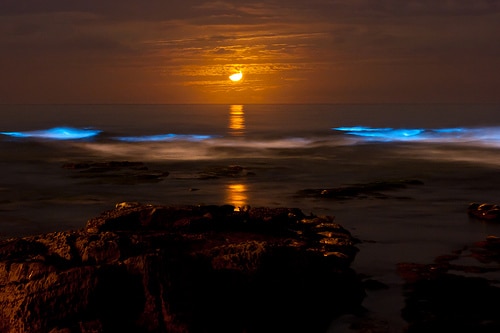
At the right time of night in Vieques, a small island not far from Puerto Rico, you can witness a light show like no other. A disturbance in the water such as a stroke of a paddle or kick of your foot can instigate a beaming blue light from the dark waters beneath. This magical glowing affirms the presence of thousands of microscopic bioluminescent phytoplankton sharing the waters with you. A chemical reaction within these tiny harmless creatures emits light from their bodies when they are surprised. They gather in particular areas because of mineral balances in the water. The spectacular glowing is a great night time experience that is best enjoyed when swimming or kayaking alongside them.
Salar de Uyuni
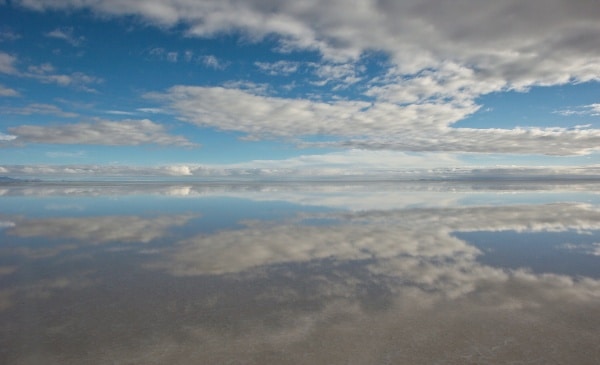
This salt flat in southwestern Bolivia is not only the largest in the world (covering more than 4 square miles), but it’s also a breeding ground in November for three different species of flamingo, which stand out starkly against the vast whiteness of the pre-historic dried out lake. However, when it rains on the Salar de Uyuni the truly amazing happens: the ground becomes a gigantic mirror! Because the land is so flat, after it rains the now reflective ground and the sky create the illusion of endless heavens. There are several luxury hotels in the area, so if you stay there you might get the feeling that you are sleeping in the clouds.
http://wikitravel.org/en/Salar_de_Uyuni
Cenotes, Yucatan Peninsula
All over the YucatanPeninsula in Mexico you can find beautiful natural sinkholes that create underground swimming pools with pristine blue waters surrounded by lush vegetation. These sinkholes are known as cenotes, derived from the Mayan word for “sacred well.” When the porous limestone bedrock that most of the Yucatan area is covered in collapses, groundwater is exposed and cenotes are formed. On a beautiful day in Mexico, lounging in these fresh water pools is a perfect way to relax and get in tune with nature. One of the most popular of the cenotes is Ik-Kil, which is an easy excursion on a visit to Chichen Itza.
JellyfishLake
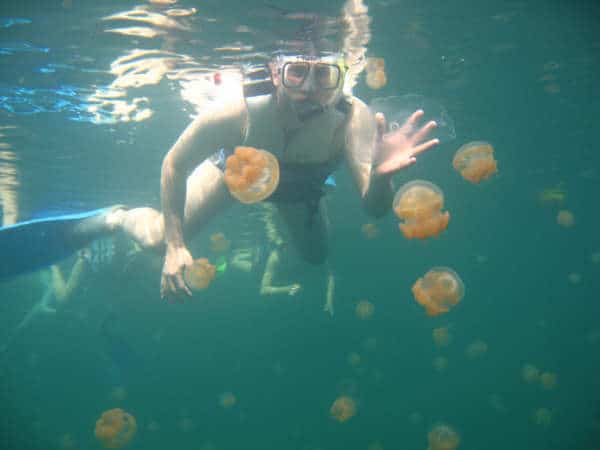
Don’t let the name stop you from visiting and swimming in this unreal marine lake located on the quiet, uninhabited island of Eil Malk in Palau. The jellyfish in the lake, of the golden and moon varieties, are totally unlike their dangerous oceanic cousins in that they don’t sting at all. A lack of predators and thousands of years of evolution have effectively made these jellyfish stingless. You can snorkel with them and even touch them (if you can take their gelatinous texture) as they gently migrate back and forth across the lake throughout the day. Farebuzz can easily get you to this human and jellyfish haven and help you view them in a whole new light.
http://wikitravel.org/en/Palau
Copper Canyon
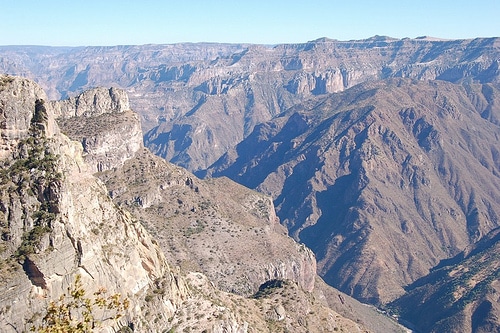
Rivaling the Grand Canyon for beauty and awesome views, Copper Canyon in Mexico’s Chihuahua state, is an expansive canyon system. The overall area, which is larger and at times deeper than the Grand Canyon, consists of twenty canyons formed by six rivers leading to the Sea of Cortez in Western Mexico. There are an endless amount of activities to experience in the area including zip lining, hiking and camping and there’s also a convenient train which provides tours for the less physically inclined. While visiting also take some time to learn more about the native people of the area, the Tarahumara.
Waitomo Caves
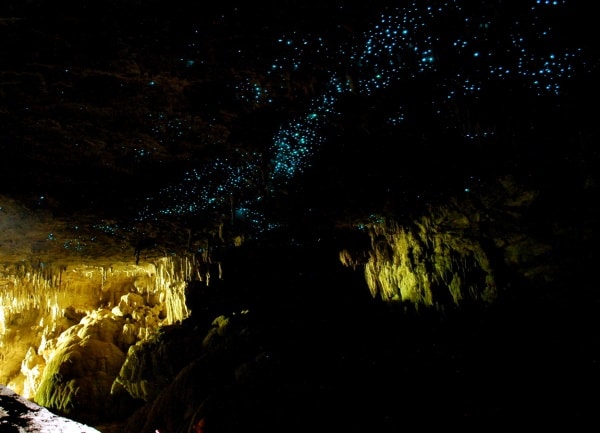
While the sweeping landscapes of New Zealand made famous in The Lord of the Rings are one of the top reasons to visit this country, they’ll have to be put aside when it comes to mention of these caves. The 2 million year old caverns are found in northern King County and are home to the Arachnocampa luminosa, a type of glow worm unique to New Zealand. Thousands of these little light bugs dot the ceilings and walls of the WaitomoGlowwormCaves, emanating a turquoise light, which against the darkness of the cave becomes reminiscent of stars shining in the night sky. Combined with the various limestone formations within, one gets the sensation of being on another world.
http://www.waitomo.com/waitomo-glowworm-caves.aspx
It is hard to deny that the Earth is a fascinating planet after considering this list, but there are so many more breath-taking locations all around the world that are definitely worth seeing. If you know any other great natural phenomena, drop us a line in the comment box below or share it with us on twitter, @TravelSquire.

